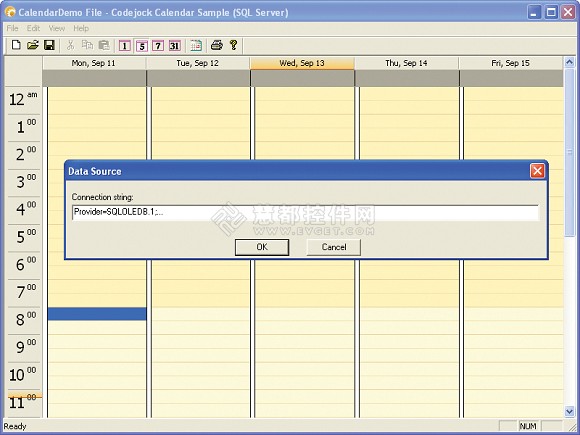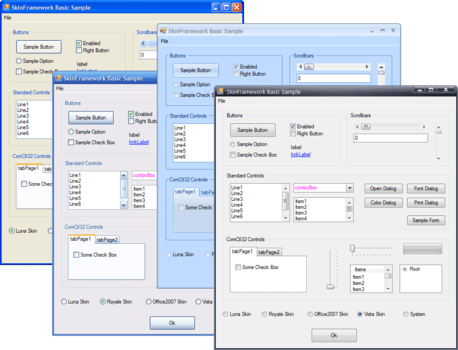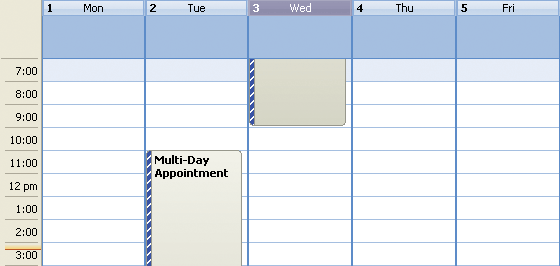


The first thing you need to do is to use Icon files (not bitmaps) for each image in your toolbars and menus. How to Support Icon Scaling in Toolbars and Menus In such a case, you should provide those images. Images used in other places, such Codejock’s statusbar and tabbed workspace tab button may use other sized images, such as 20x20. The above pertains to toolbars and menu bars, which is where most of the images are used. The following table shows the mapping between each Windows DPI scaling factor and the icon size that will be selected for Codejock menus and toolbars. The Codejock commandbars simplify the range of icon sizes so that only 3-sizes are necessary for each icon your application. The way that DPI Scaling works with icons is by loading icons of the correct size to match the current scaling factor. 100%), then a small icon is 16x16 pixels and a large icon is 32x32 pixels.

The actual size of a small or a large icon depends on the Windows DPI scaling factor. Windows, and the Codejock Commandbars, support the ability to display either “small” icons or “large” icons inside toolbars and menus.

Without DPI Scaling, your application would look progressively smaller as you monitor pixel density increases. it will occupy twice as many pixels but the pixel density is twice as high thus the physical size is unchanged. This means that when you run Windows on a monitor with 192 dots per inch then your application (including icons) should be scaled by 200%, i.e. Windows applies different DPI scaling factors according to the pixel density of your display. Windows DPI Scaling and Icon Support Windows DPI Scaling and Icon SupportĭataFlex provides support for dot per inch (DPI) scaling of icons used in Codejock Toolbars, Menus and Context Menus.


 0 kommentar(er)
0 kommentar(er)
